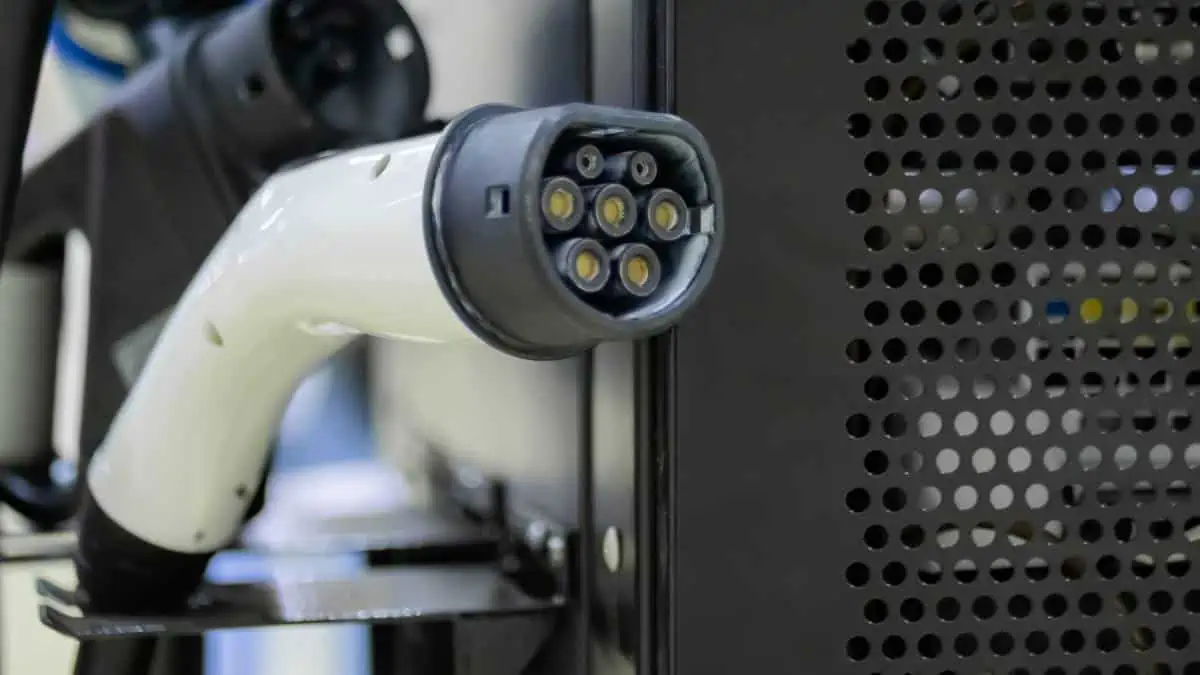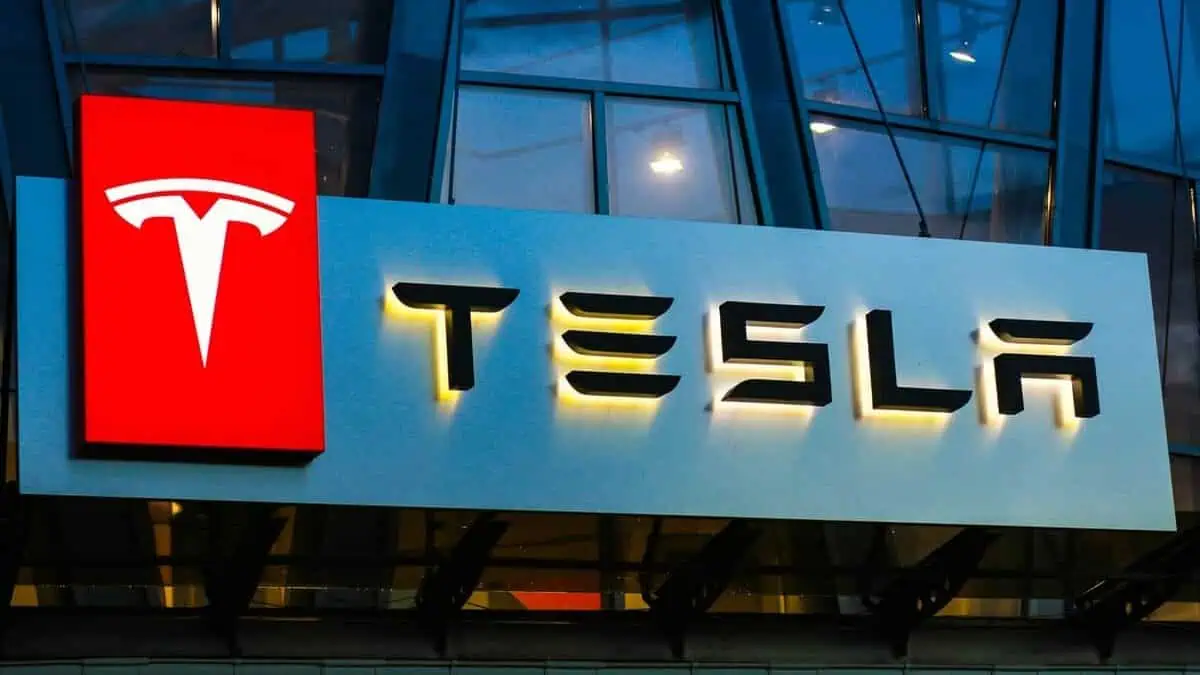The United States will need to allocate about $53 billion to $127 billion to establish the necessary charging infrastructures to support the rapidly growing number of electric vehicles by 2030, NREL’s report indicates.
Report highlights
The report estimated that the construction of Level 1 and Level 2 private chargers in the US would spend up to $72 billion of the cumulative national capital investment.
Meanwhile, public DCFC infrastructure deployment will need funds of up to $44 billion. Apart from these, public Level 2 ports will need to access up to $11 billion of the total investment.
It must also be noted that these estimated figures still exclude the necessary grid upgrade and distributed energy resources expenditures. NREL claims these two additional costs “can be significant in many cases and will ultimately be critical in building out the national charging network.”
The government agency also found through its analysis that power system costs “tend to be site-specific.” Therefore, it excluded them from the analysis scope.
Presented below is a table of NREL’s simulated cumulative national network size through 2030 by access, EVSE, and location types (includes a total of 28 million ports):
Port (thousands)
| Public | 1,248 |
| Level 2 | 1,067 |
| Neighborhood | 305 |
| Office | 206 |
| Retail | 178 |
| Health Care | 100 |
| Recreational | 84 |
| Transport Hub | 75 |
| School | 62 |
| Com. Center | 56 |
| DC Fast | 182 |
| DC150 | 63 |
| DC250 | 55 |
| DC350+ | 64 |
| Private | 26,762 |
| Level 1 | 7,024 |
| Single Family | 7,024 |
| Level 2 | 19,738 |
| Single Family | 18,686 |
| Multifamily | 568 |
| Workplace | 485 |
The report noted that the US currently has below 1.5 million charging ports. The country has already deployed around 132,000 pubic charging ports as of March, including 29,000 DCFC ports.
“We have detailed estimates of what infrastructure will be needed. American drivers’ interest in electric vehicles is accelerating year over year, and we’re already seeing the market respond with new investments.”
Eric Wood, an NREL senior researcher, stated on June 27
Interestingly, the report noted that EVs accounted for up to 10% of new vehicles sold as of early 2023. That notable market share aligns with President Biden’s target of having EVs contribute 50% of new light-duty vehicle sales by 2030. As part of the strategy, the White House aims to deploy 500,000 public chargers across the country.
NREL’s report also indicated that EV charging tech is constantly maturing, especially fast chargers.
“While most near-term fast charging demand is simulated as being met by 150-kW DC chargers, advances in battery technology are expected to stimulate demand for higher-power charging. We estimate that by 2030, DC chargers rated for at least 350 kW will be the most prevalent technology across the national fast charging network.”
NREL report
See Also:
- White House offers Tesla Superchargers subsidies but on one condition
- Select Tesla Superchargers to provide recharging to non-Tesla EVs in Australia
- Thousands of EV fast chargers will be installed in the US by Mercedes-Benz and ChargePoint
- Blink Charging to integrate Tesla-developed NACS into entire portfolio, following industry trend
- SAE sets performance standards for Tesla NACS, paving the way for industry standardization
The widespread adoption of electric vehicles has been actively accelerating in the US, which is unsurprising due to the government’s significant efforts to promote them.
However, the US government must exert an extra effort to ensure that the growing number of EVs on its roads will have sufficient charging infrastructures to power them.






